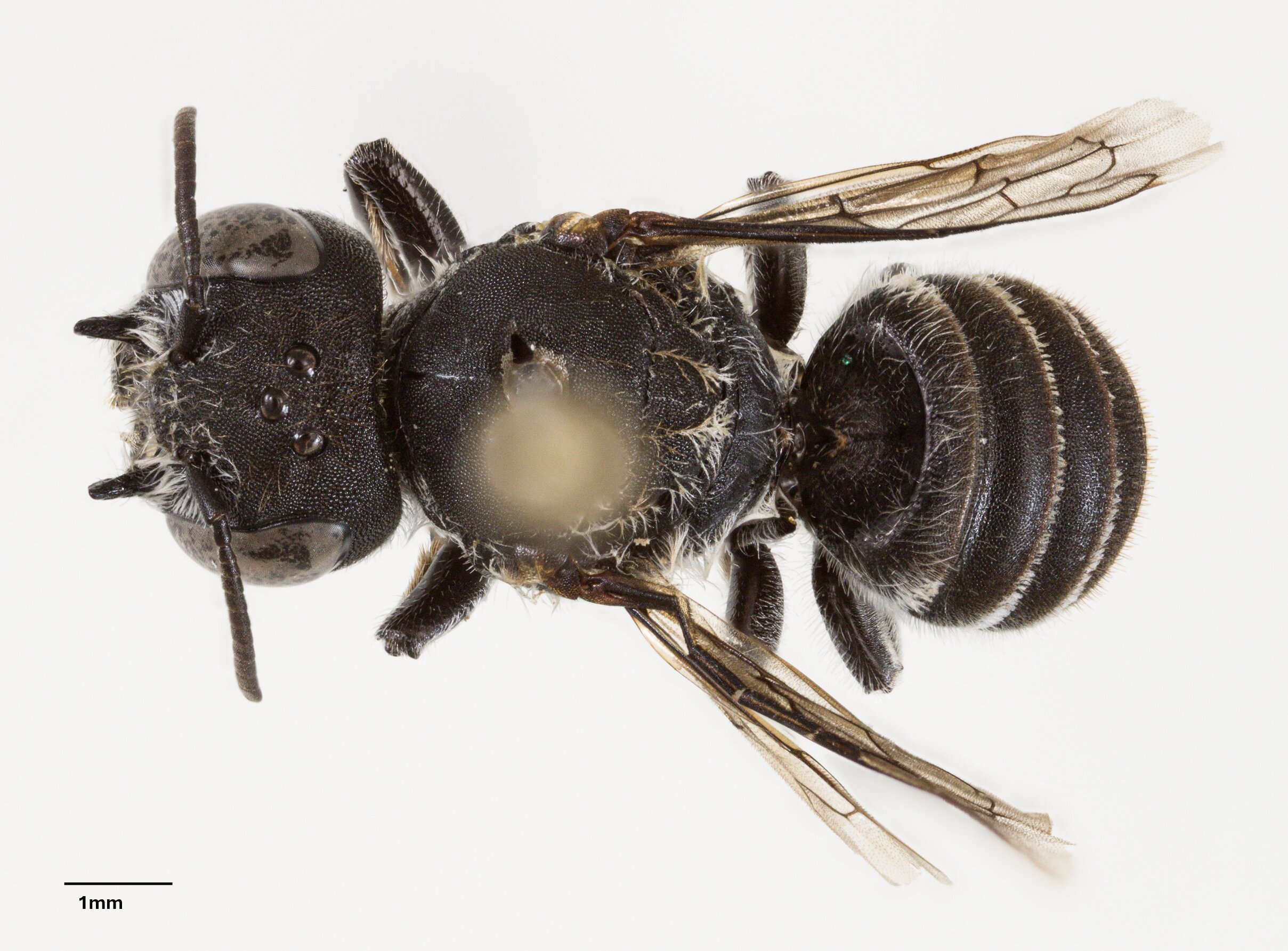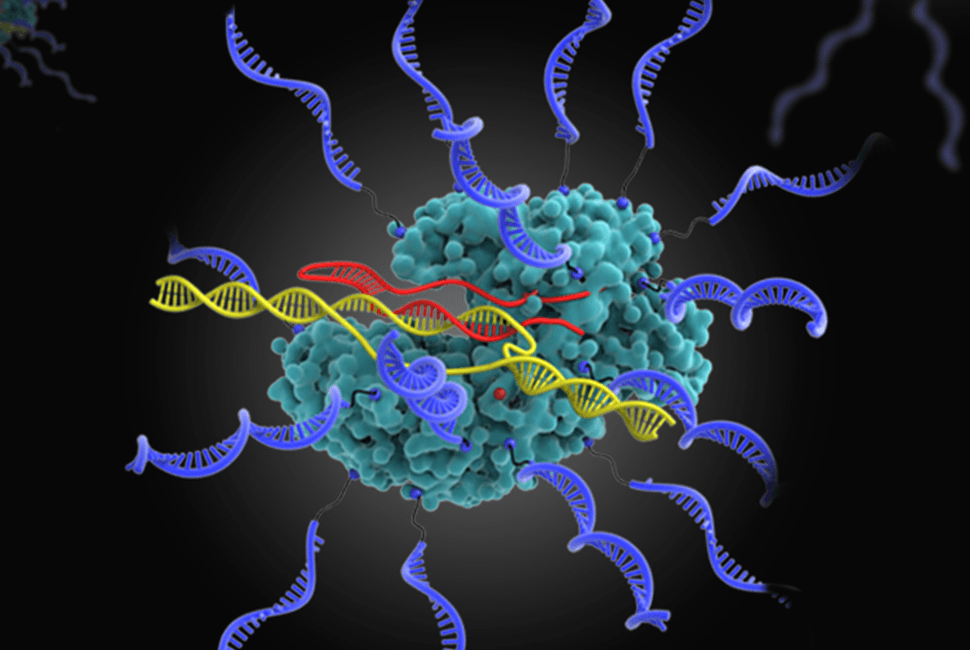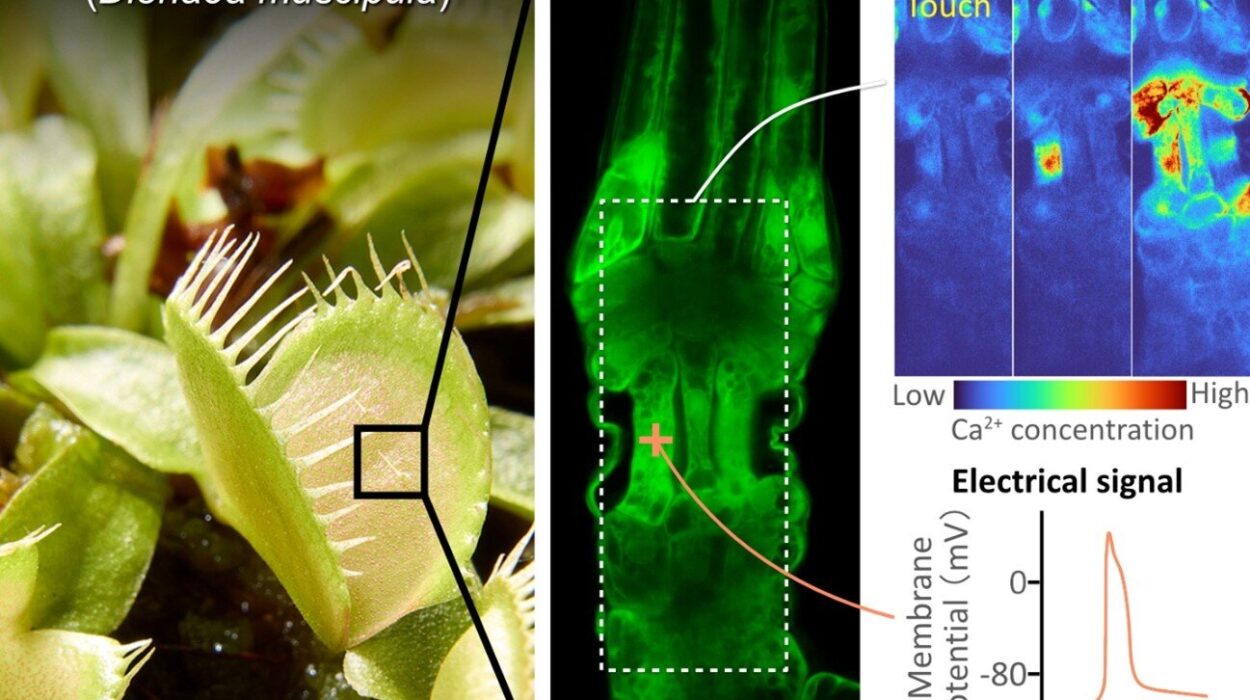In the shimmering heat of Western Australia’s Goldfields, among the dry red earth and the tenacious wildflowers that bloom against all odds, a discovery has emerged that reminds us just how little we still know about the natural world. Scientists have identified a new species of native bee—a small yet striking creature with tiny horn-like projections on its face. Its name is Megachile (Hackeriapis) lucifer, and its discovery has both delighted and alarmed researchers who warn that its fragile home is under threat.
The bee’s scientific name carries a dual meaning. “Lucifer” is Latin for “light-bringer,” but it’s also a playful nod to the devilish appearance of the female bee’s face. The little horns, paired with her gleaming dark body, inspired her discoverer, Dr. Kit Prendergast, to choose the name while—by coincidence—watching the Netflix series Lucifer. “It just fit perfectly,” Dr. Prendergast said with a laugh. But beyond the humor lies a serious message: even in the twenty-first century, new species of pollinators are being discovered in habitats that could soon disappear.
Found Among Rarity and Resilience
The discovery took place during field surveys of Marianthus aquilonarius, a critically endangered wildflower that grows only in one part of the world—the Bremer Range between the towns of Norseman and Hyden in Western Australia. This rare plant has clung to existence in a harsh environment of rocky hills and mallee woodlands. It was while observing the flower’s pollinators that Dr. Prendergast noticed a peculiar bee visiting both the endangered wildflower and a nearby mallee tree.
At first glance, it seemed like a member of the Megachile genus—commonly known as leafcutter bees. These bees are solitary workers that use bits of leaves and petals to line their nests, often in hollow stems or crevices. But this particular bee stood out. Its female had small, pointed horns on her face—something no other known Megachile species displayed. Intrigued, Dr. Prendergast collected specimens for further study, not yet realizing she was looking at something completely new to science.
Unlocking the Mystery with DNA
Back in the lab at Curtin University’s School of Molecular and Life Sciences, the real detective work began. Using DNA barcoding—a genetic technique that allows scientists to identify species by comparing short genetic sequences—the team confirmed that the horned bee didn’t match any known species in existing DNA databases.
The specimens also didn’t correspond to any preserved bees in museum collections. Both male and female bees were examined in minute detail, revealing distinct morphological traits that confirmed their uniqueness. The conclusion was undeniable: Megachile (Hackeriapis) lucifer represented a completely new addition to Australia’s extraordinary roster of native pollinators.
It was a major moment. Not only was this the first new species in this bee group to be described in over two decades, but it also reinforced how much of Australia’s biodiversity remains undocumented. Even in a country famous for its rich array of wildlife, there are still countless species waiting to be found—many hiding in plain sight.
The Hidden World of Australia’s Native Bees
Australia is home to over 1,600 described species of native bees, yet experts believe there may be hundreds more still unknown to science. Unlike the European honeybee, which was introduced for agriculture, most of Australia’s native bees are solitary, nesting in the ground or in hollow twigs rather than forming hives.
These bees are crucial to the health of native ecosystems. They pollinate wildflowers, shrubs, and trees that depend on specific pollinators for reproduction. Some plants have evolved to be visited only by particular bee species, forming partnerships that have lasted millions of years. If one disappears, the other often follows.
This makes discoveries like Megachile lucifer especially important. They help scientists understand not only which species exist, but also how they interact with the plants and environments around them. In this case, the bee’s link to Marianthus aquilonarius suggests a delicate ecological relationship—one that could easily be disrupted if its habitat is disturbed.
Fragile Beauty in a Changing Landscape
The Bremer Range, where Megachile lucifer was found, is part of a region under increasing pressure from mining and land clearing. Gold and nickel exploration have intensified in recent years, threatening many unique habitats that scientists have barely begun to explore.
Dr. Prendergast warns that without more detailed biodiversity surveys, we risk losing undiscovered species before we even know they exist. “Many mining companies still don’t survey for native bees,” she explained. “So we may be missing undescribed species—including those that play crucial roles in supporting threatened plants and ecosystems.”
Climate change adds another layer of concern. Rising temperatures, altered rainfall patterns, and changing vegetation all pose challenges to native bees and the plants they pollinate. Small, localized populations—like those of Megachile lucifer and Marianthus aquilonarius—are especially vulnerable. If their limited habitats are destroyed, recovery may be impossible.
A Reminder During Pollinator Week
The timing of the discovery could not be more fitting. The research was published during Australian Pollinator Week, an annual event celebrating the vital role bees, butterflies, flies, and other insects play in maintaining the balance of life. Pollinators are responsible for one in every three bites of food humans eat, and they are the invisible laborers behind much of Earth’s biodiversity.
Yet, globally, pollinators are in decline. Habitat loss, pesticides, disease, and climate change are pushing many species to the brink. Discoveries like Megachile lucifer are joyful reminders that nature still holds surprises—but also urgent warnings that time is running out to protect them.
The Story Behind the Name
There’s a delightful irony in naming such a small, gentle creature after “Lucifer,” a name that often conjures images of darkness and fire. In Latin, however, lucifer means “light-bringer.” Dr. Prendergast chose it partly for the bee’s devilish little horns but also because it symbolizes illumination—the discovery of something hidden, something that sheds light on the unseen.
As Dr. Prendergast put it, “It’s the first new member of this bee group to be described in more than 20 years, which really shows how much life we still have to discover—including in areas at risk of mining.” In that sense, the name lucifer carries hope rather than menace. It celebrates curiosity, persistence, and the spark of discovery that drives science forward.
What the Devil-Horned Bee Teaches Us
The story of Megachile lucifer is more than a tale of taxonomy—it’s a lesson in humility. It reminds us that even in a country as well-studied as Australia, entire species can live, thrive, and almost vanish without notice. These small creatures are threads in a vast ecological web that supports life far beyond their immediate world.
Every time we uncover a new species, we expand our understanding of the planet’s complexity and our responsibility to protect it. Conservation isn’t only about saving large, charismatic animals; it’s about recognizing the value of every living thing, no matter how small or strange.
More information: Kit S. Prendergast et al, Megachile (Hackeriapis) lucifer (Hymenoptera, Megachilidae), a new megachilid with demon-like horns that visits the Critically Endangered Marianthus aquilonaris (Pittosporaceae), Journal of Hymenoptera Research (2025). DOI: 10.3897/jhr.98.166350






